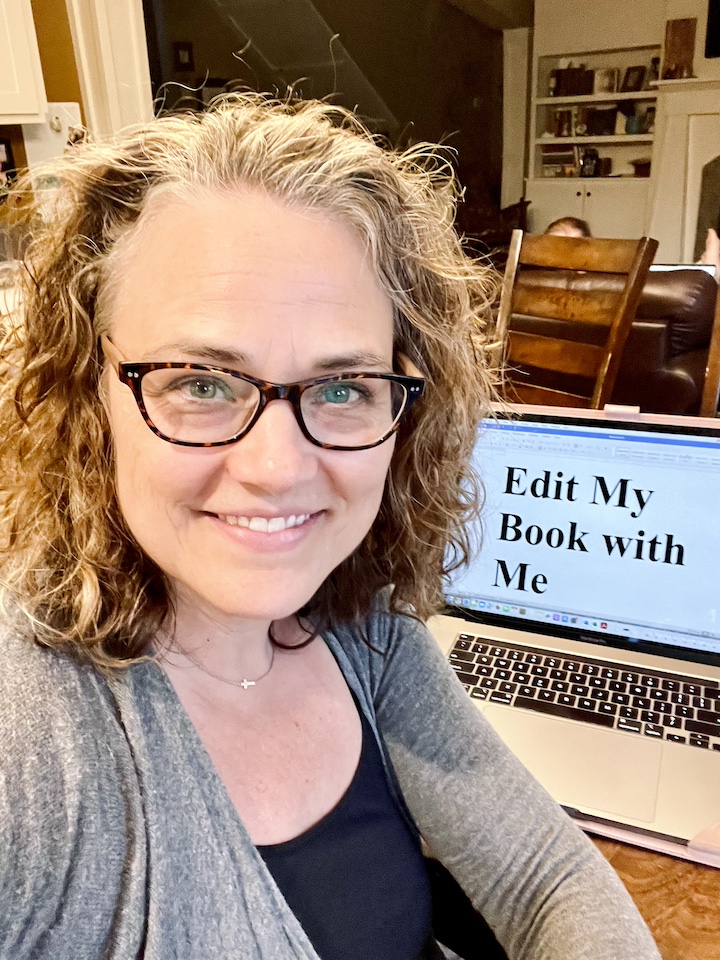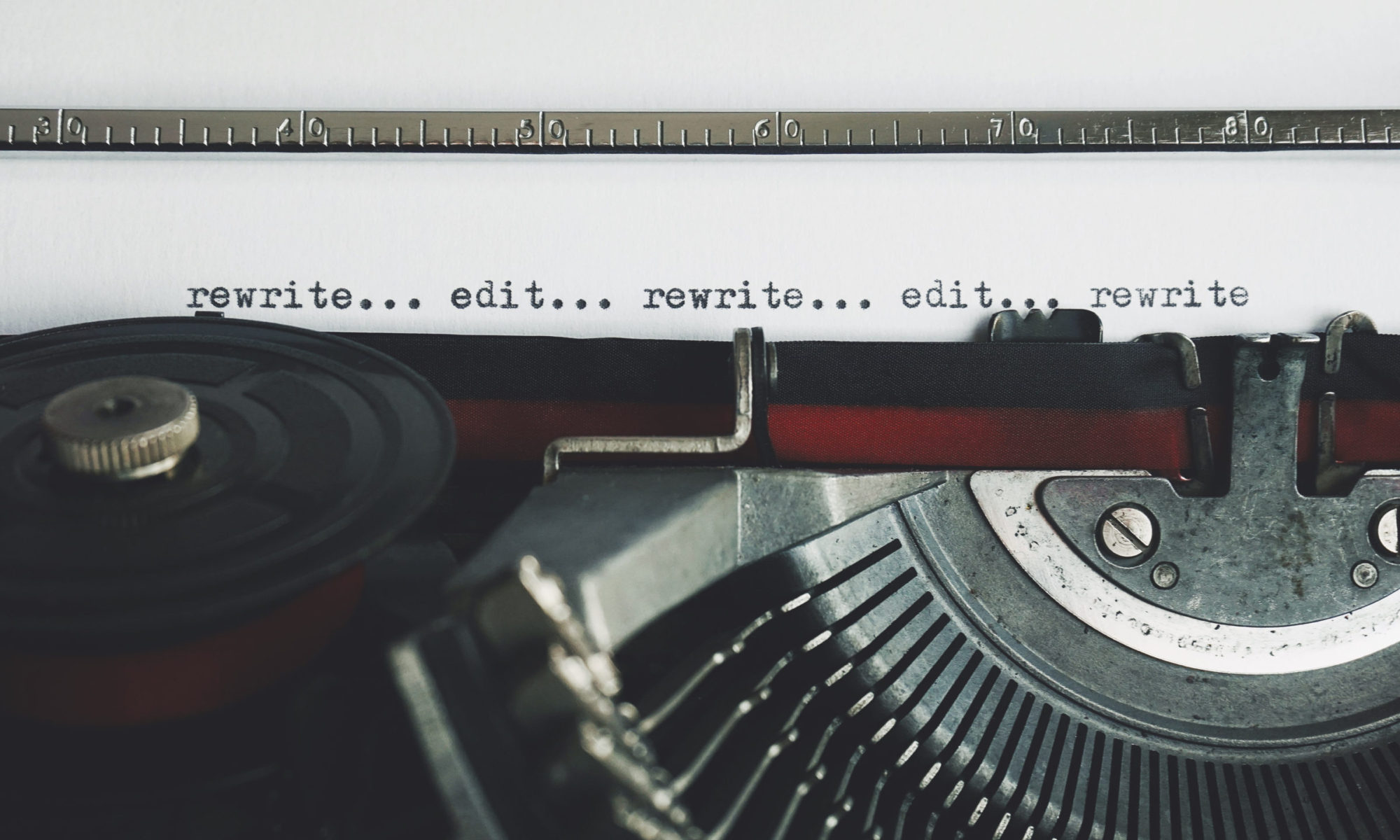Ever wish you could watch an experienced editor edit a book?
Even more curious to get the inside scoop on how a best-selling, award-winning novelist edits?
What if both the editor and the author were the same person?

Well, wish granted!
Welcome to the Editing Insiders Newsletter where, for the next few months, I (both an award-winning editor and best-selling author) will walk you through the steps I am currently taking to edit my next book.
Now without further ado…
Part of my self-editing process is highly influenced by how and what I write. If you write differently from me, GREAT. I’ve edited hundreds of books and have tips and tricks for most everyone.
But for now, let’s start with a super quick peak at my actual writing process. Since I do a bit of editing as I go, it does affect how I edit a little bit.
For those new to the writing world, most “experts” will say there are two writing camps: the pantser (those who fly by the seat of their pants) and the plotter (those who meticulously map the plot out).
I am neither.
I’m what I call a puzzler (or what some of my other friends call a skeletor). Let me explain:
1. Basically I start with a basic idea of what I want to write—
I create a fuzzy picture on a puzzle box or construct a skeleton.
2. Then I do some research . . .
on the era/idea/hook while also taking a deep dive into the psyche of my characters. I write out my character’s dark moments, what bugs them, what they want, how they think they’ll get there that sort of thing.
3. Because I kind of know where I’m headed, I end up writing scattered scenes.
I take copious notes for research and have all kinds of random bits and pieces of ideas, words, thoughts, and impressions scattered between the Notes app on my phone, the shower paper in my shower (I use this: https://amzn.to/4eczyNV), and the napkin stuffed into my purse. This process is in essence, me making puzzle pieces or adding muscle and tendons to the bones.
Yes, it’s messy. But so is the moment when you dump a puzzle out onto a table and a skeleton with newly slapped on flesh isn’t pretty either. But hang with me!
4. All that chaos eventually gets put into a Word document.
(I’ll talk more about organizing that in another post). And that starts to create the frame of a puzzler’s book. I see what the characters want, how they interact with the events from the book, and where everything is mostly headed.
5. When I feel like I have a decent grasp on the characters, I start writing.
I take the bits and pieces and start writing from one pivotal scene to the next, adding connective tissue and shape.
6. In the midst of the first draft, I will stop to QUICKLY research pivotal or easily found information—
What were the street names? Did they have tator tots in WWII? (The answer is no, and I missed it in one of my books.) What kind of transportation was available in Houston in 1975 (because I need to know how my hero gets home)?
7. As I write, I note any missing big pieces of descriptive information or location/historical details.
Eventually I’ll have to go back and research (which is typically a good chunk of stuff). And if I have contacts who might know an answer, I immediately contact them and then go back to writing.
Since I work in Scrivener, I make notes of missing information in the notes field. In Word, you can just use square brackets and insert your notes there. For example “[What color was the carpet in the museum? Would stains show badly? If not, what could point to a spill instead?]”
I also keep a separate document of research questions needing answers because I will not remember that I need the information two seconds after I make the note. Please tell me I’m not alone.
8. Often I’ll stop about ¾ of the way through and ask myself some big questions—
Did I start in the right place? Do I have all the pieces I’m going to need for later reveals, theme progressions, etc? What feels off?
9. I’ll do a super quick skim of the first ½ of the book and write quick chapter summaries.
This is to be sure I’m headed in the right direction, and gives me a chance to tweak anything that would massively change the end of the book, and then I make a loose plan for the finale before jumping to the end and plowing through.
A note here that these chapter summaries are hugely helpful as I’m processing all the things. Just a sentence or two for each chapter helps condense 40,000 words into a bite-sized document . . . or a rather clear puzzle box picture. You’ll see me come back to the chapter summaries in future posts. You’ve been warned 😍
10. When I type the end, I take a week or two off. Then . . .
I jump back into research mode to create a timeline and (if necessary) map to be sure I have all the details in one place. . . which is where I’m at as I type.
Where are you at in your writing? What questions do you have about the basic process of getting a first draft down on the page?
Looking for more help? Check out my coaching services here: https://www.editinginsiders.com/editing-services/
******
Please note that these will be irregular posts due to the nature of my world and my job. But do feel free to pop in with questions, comments, suggestions, or encouragement.
Also every writer approaches writing and editing differently. There are very few hard-and-fast rules. So take what will work for you and leave the rest. And if you have thoughts about techniques I don’t mention, please let me know. I LOVE learning new things.
******

